Yes, they are called current regulator diodes. They are essentially a JFET with gate joined internally to source so that you get approximately IDSS for voltages above the pinch-off voltage (and below the breakdown).
There are much better circuits possible using IC technology, so I think the current regulator diodes are mostly a relic from the past.
Compare this AL5809 LED regulator IC (two leads)

Something similar is possible using a three-terminal regulator such as an LM317 and a resistor (resulting in a two lead device).
It's arguable whether the current regulator diode is actually passive or not, but I'll leave the ontological discussion to others.

